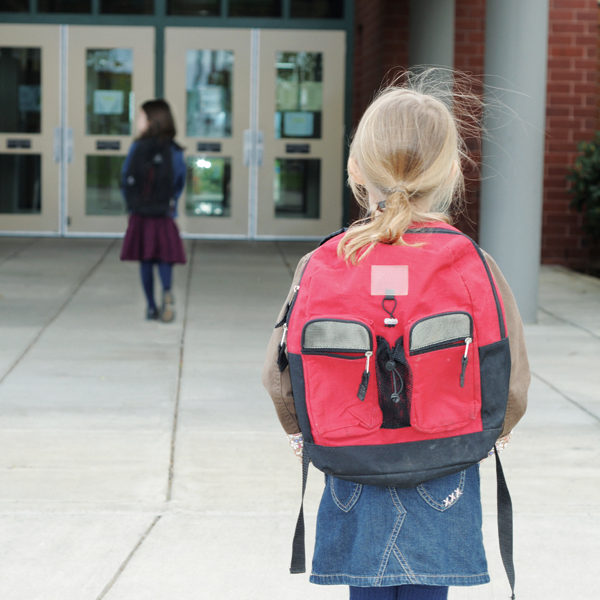Jennifer’s five-year-old daughter, Molly, couldn’t wait to go to school. Knowing that such transitions can be difficult, Jennifer took Molly to see her new school and meet with the teacher.
So, imagine her surprise when Molly, who had spent three years in day care, came home on the first day of kindergarten and didn’t want to return. “I realized,” says Jennifer, “that day care didn’t count. Molly had been going for so long that it felt like an extension of home.”
New Rules and New Fears
In kindergarten, where 20 children claimed the attention of the teacher, Molly’s needs weren’t met as quickly. And Molly wasn’t prepared for the new routines. She could no longer wander off and play by herself. Instead, she was required to sit with the group for storytime, or draw only when the class was drawing.
Jennifer suspected that adoption was also an issue. Molly knew she was adopted, but it was only in the last year that she began to understand what that meant. Jennifer spoke often about Molly’s birth mother, about the fact that she had been adopted because her birth mother wasn’t able to care for her. In some basic way, Molly understood that she had been left. She worried about being left again. “She became more clinging,” says Jennifer, “more frightened that I wouldn’t return to pick her up from school.”
Smoothing the Transition
Talk with your child and her teacher to find workable solutions. These ideas may help:
- Create a gradual separation. After talking to Molly’s teacher, Jennifer decided that her daughter would feel better if the transition from home to school weren’t so abrupt. Once she’d delivered Molly to school, Jennifer stayed for 15 minutes, long enough for Molly to hang up her coat and settle down to do some drawing. By the time Jennifer left, Molly was comfortably engaged in another activity. Finally, she was able to part without the delayed leave-taking.
- Start a ritual. In How to Raise an Adopted Child, Judith Schaffer and Christina Lindstrom write that parents must assure their child that they understand what she is feeling, and that there are other kids who are probably feeling the same way. Books can help, too. Jennifer read her daughter The Kissing Hand, by Audrey Penn. In the story, Chester Raccoon wants to stay home with his mother. She assures him that he’ll love school and also shares a family “secret”: Taking her son’s hand, she plants a kiss in his open palm. Whenever Chester feels lonely, he has only to press his hand to his cheek to feel that kiss. After that, when she dropped Molly off at school, Jennifer left her daughter with a kiss on the hand to take the little girl safely through her day.


